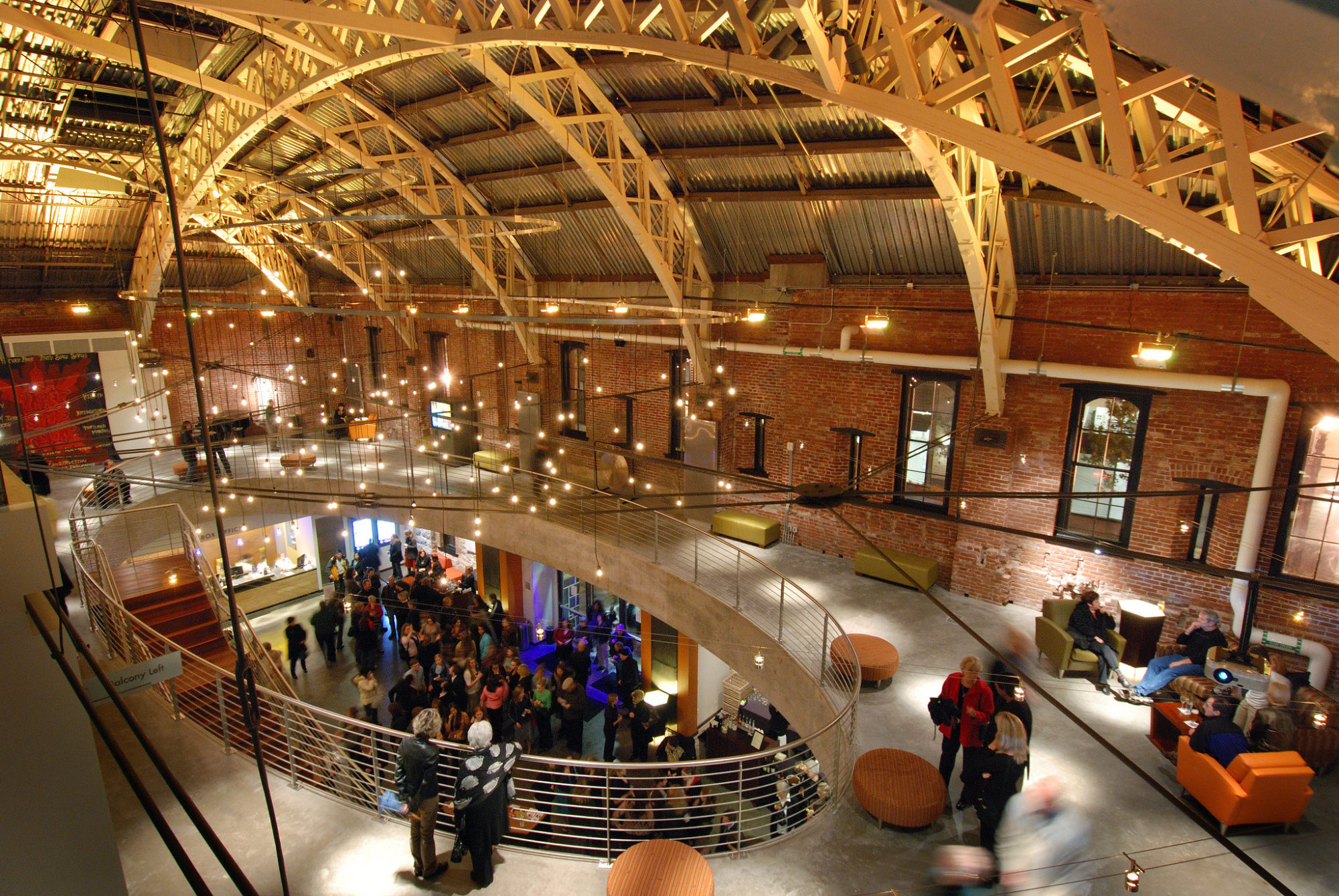Buildings and Human Settlements
Buildings are responsible for a third of global energy demand and a quarter of global GHG emissions. From innovations in design to refurbishment and smart use of current buildings, a number of net zero building solutions are being developed, bringing both environmental and social co-benefits.
Progress Towards Net Zero Buildings
Carbon costs from both initial construction and the lifetime emissions of buildings need to be considered when assessing a pathway to a net zero buildings sector.
- The GHG emissions from construction are mainly associated with the wide use of concrete and steel, pointing to the need for alternative materials and methods.
- The lifetime GHG emissions of buildings are largely from heating and electricity which can be mitigated through efficiency measures and by sourcing clean energy alternatives.
Both efficiency refurbishments and investment in clean energy have been shown to garner strong returns on investment and long term cost savings. Recent research suggests global building energy demand can be reduced by at least a third with existing technologies
“Green buildings can not only reduce… negative impacts on the environment… but they can – in many cases – have a positive impact on the environment (at the building or city scales) by generating their own energy or increasing biodiversity.” — World Green Building Council
case studies
Empire state building
New buildings are important to achieve the net zero future, but the retrofitting of older buildings is also required. The empire state building is a prime example of how this can happen. The retrofit…
New Buildings Institute
The New Buildings Institute (nbi) has a collection of case studies from the US and Canada. These include case studies of retrofits, and new buildings. Covering both public, and private sector works…
District Energy System
Chartlottetown, Canada converts municipal solid waste and biomass into energy. This reduces landfill waste and reduces GhG emissions. The plant serves 145 buildings and is getting a C$30 million expansion.
Key Challenges
- Governments need to update regulations for building standards to include net zero targets. Net zero building standards are rarely enforced by regulation or applied evenly, requiring voluntary commitments.
- Current buildings require retrofitting to reduce emissions. Despite the significant return on investment for retrofits, more investment capital opportunities are needed to justify this spending for business owners.
- At a global scale, demand for development is only growing, suggesting a net increase in associated emissions from the sector. With an increasingly urbanised world, net zero buildings are a key foundation of future development.
- Many building materials such as concrete and steel are produced through heavy-emitting processes. New materials and technologies are needed to cope with the growing demand for buildings.



Image of LEED-certified Gerding Theater in Portland, Oregon. Photo Credit: Uwe Schneider/Courtesy of Portland Center Stage at The Armory
Net Zero Solutions for Buildings
Retrofit existing buildings
Current buildings can reduce energy usage by increasing insulation, double glazing windows, and introducing smart thermostats. Other helpful retrofits include electrifying housing systems and using more efficient appliances and lighting.
Design efficiently
When designing new buildings, it is important that net zero goals are taken into consideration. A number of design elements can contribute to lower emissions. For example, optimising the orientation of the building can save up to 50% of energy costs.
Efficient use of space such as designing multi-use buildings means that they will not be used continuously requiring more, and less efficient, heating systems.
Implement district heating
District heating is one method for increasing efficiency in new buildings. District heating uses one industrial boiler for several buildings rather than installing individual boilers in each building in a district. Reducing the number, and increasing the size, of boilers allows them to be more efficient, in addition to other benefits such as opening up more space in houses and offices.
Explore alternative refrigerants
Fluorinated gases (HFC) are used as refrigerants, which are released when refrigerators are disposed of. These gases produce a warming effect in the atmosphere. The warming effect of these gases can be reduced by using low-warming HFCs or non-fluorinated gases, such as ammonia or captured C02, for cooling.
Increase solar technologies
On low density housing, solar technologies can play a large role in decreasing the carbon emissions of buildings. Solar thermal (solar hot water) uses solar power to heat up water and is energy and space efficient. Solar photovoltaic (solar PV) uses flat panels that absorb sunlight and turn it directly into electricity. These panels have long lifetimes and are very versatile, but require lots of space.
Net Zero Policy for Buildings
One of the key ways governments can accelerate the transition to net zero buildings is further regulating energy efficiency and promoting the installation of net zero technologies in new and existing buildings. Governments can also financially incentivise distributed solar networks across neighborhoods and communities. Finally, governments need to account for ongoing emissions from steel and concrete construction by encouraging other building materials and developing new material technologies.